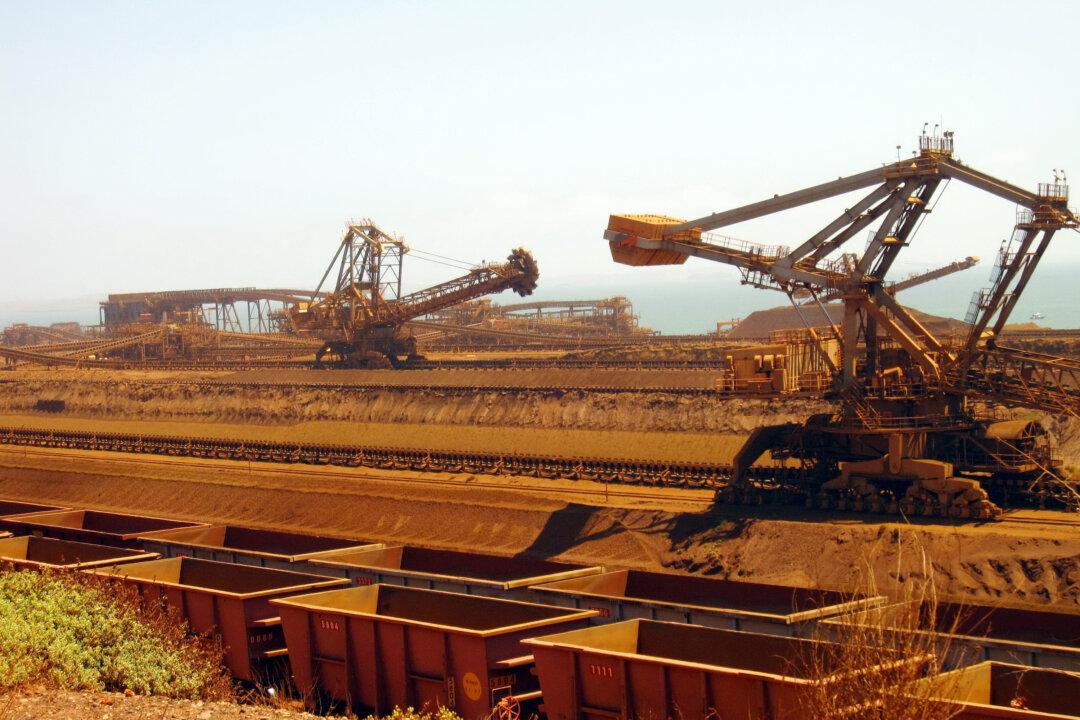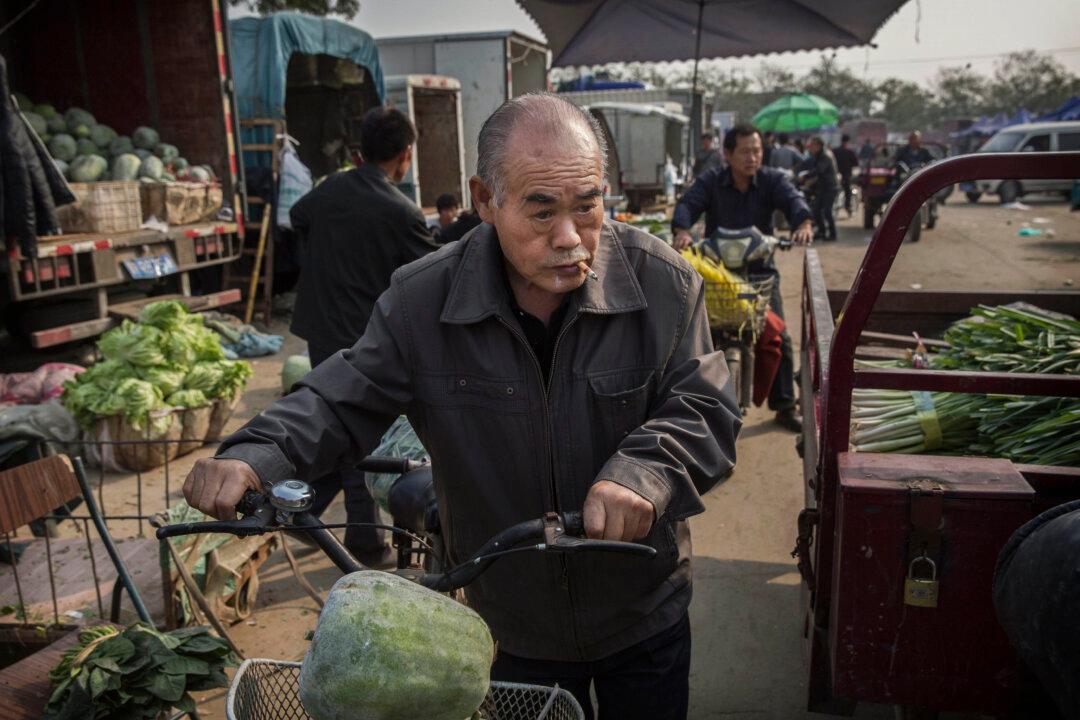As China’s top economic officials announced a slower economic growth forecast, the commodities markets are bracing for another rout in 2015.
Last Thursday at the National People’s Congress, China Premier Li Keqiang lowered the country’s economic growth forecast to “about 7 percent,” confirming a period of “new normal” of sluggish investments, overcapacity, and slowing infrastructure projects.
It’s a harrowing thought for commodity producers. Since the early 2000s, China’s investment in factories, infrastructure, and real estate has largely driven the commodities boom over the last decade.
According to data from Australian bank Macquarie, China last year accounted for more than half of the world’s consumption of iron ore, around half of the global demand for aluminum and nickel, and more than 40 percent of the world’s demand for copper and zinc.
Falling Prices
Iron, copper, and aluminum are considered early-cycle commodities as they are input materials for construction and infrastructure development.
Last week’s announcement of slowing Chinese economic growth largely confirmed what analysts had already suspected. A few days later, on March 8, preliminary Chinese customs data showed February iron ore imports fell to 68 million metric tons, down 13.5 percent from January.
Crude oil imports for February were up 1 percent from January, likely as part of the Chinese Ministry of Finance’s strategy of increasing its oil stockpile to 90 days’ worth of supply, while the cost is still relatively depressed, according to a Wall Street Journal report.





